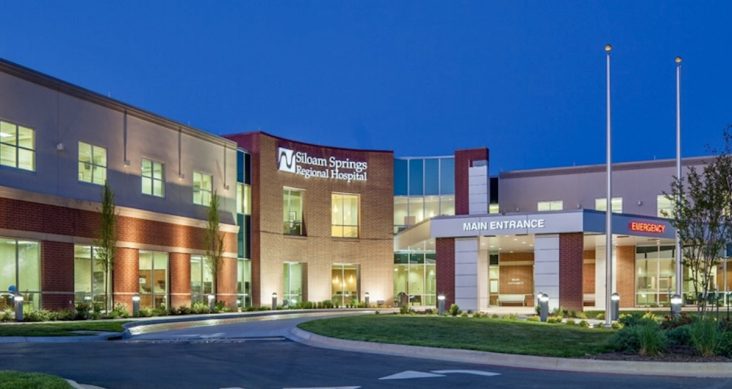3D mammography provided at Siloam Springs Regional Hospital
by November 21, 2024 3:51 pm 159 views

3D mammography capabilities were recently added at Siloam Springs Regional Hospital. Early detection of breast cancer can lead to better survival rates.
According to Springdale-based health care provider Northwest Health, the Northwest Breast Imaging Center at Willow Creek was the first in Northwest Arkansas to offer breast tomosynthesis, also called 3D mammography, to detect breast cancer. It added the technology in mid-2012. Northwest Medical Center – Bentonville added the technology in 2021.
The new technology offers a 2D image and breaks that image down into 3D layers or slices. This allows radiologists to visually break down the complexities of breast tissue that might obscure their view in a 2D image to reveal previously hidden details.
“With 3D technology, we’re able to offer our providers a better image to detect breast cancer,” said Jeff Copeland, imaging director at Siloam Springs Regional Hospital. “When using only 2D images, it was possible for overlapping tissue to obscure small breast cancers. It also could make normal tissue appear abnormal, and a patient would receive a call back for additional testing even though they were cancer-free.”
Callbacks may be more frequent for women with dense breasts because dense tissue might obscure a lesion, making cancer harder to detect and creating difficulties when interpreting results. This can increase the chances of getting a callback for additional testing.
According to the American Cancer Society, women who have dense breast tissue have a higher risk of breast cancer than women with less dense breast tissue.
“Speak with your primary care provider about when it’s appropriate for you to start screenings because family history and other risk factors may mean you should start at an earlier age,” Copeland said. “Your PCP can help determine the choice that’s right for you.”
The American College of Radiology recommends women at average-risk should schedule their annual mammography screenings starting at age 40.
